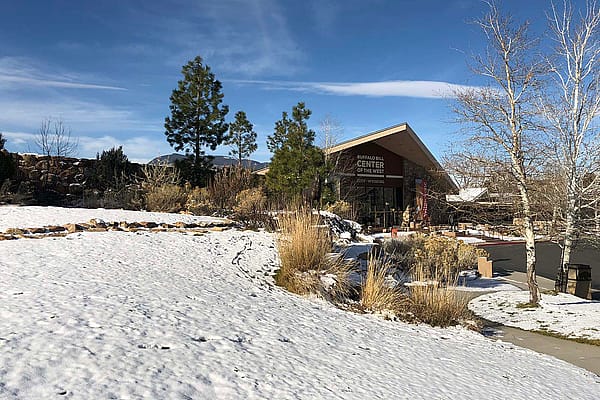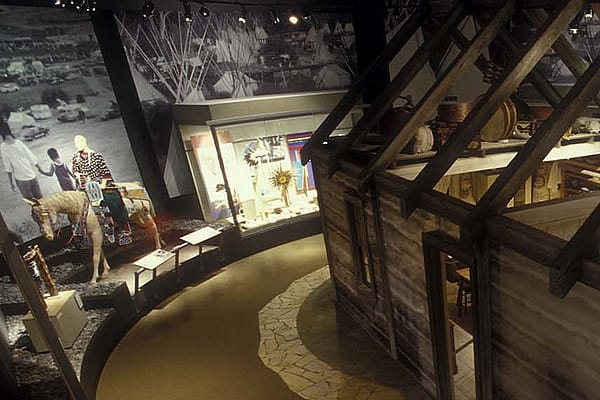
Bierstadt: The Last of the Buffalo
In 1888, the year Bierstadt joined the Boone and Crockett Club, he began work on two major paintings, both titled The Last of the Buffalo. These canvases glorified historical subjects and people but spoke metaphorically to modern issues, especially the decimation of bison in Yellowstone National Park. They depict an earlier chapter in the American West when bison ranged in vast herds and the region’s Indigenous peoples were still living freely in the American West.
Bierstadt’s two masterworks helped make the public aware that the fates of Native Americans and the American bison in the West were under threat. With these two large allegorical paintings, Bierstadt emerged as a formidable, though heretofore unrecognized, advocate for Native peoples and the American bison.
In their time, the paintings captured national and international attention and divided critics. Though now considered Bierstadt’s finest late paintings, a committee of fellow artists rejected the first version of The Last of the Buffalo (today in the National Gallery of Art) from the American display at the 1889 Exposition Universelle, causing an uproar in the press. Undeterred, Bierstadt exhibited the painting with the Paris Salon where it was visited by Lakota performers (led by Sioux chiefs Rocky Bear and Red Shirt) traveling with Buffalo Bill’s Wild West show.
Because of the timely subject matter and the publicity storm, the second version of the painting (on view here) soon found a buyer. It sold for $50,000, the largest price ever commanded by an American artist in the 19th century.
Written By
Nancy McClure
Nancy now does Grants & Foundations Relations for the Center of the West's Development Department, but was formerly the Content Producer for the Center's Public Relations Department, where her work included writing and updating website content, publicizing events, copy editing, working with images, and producing the e-newsletter Western Wire. Her current job is seeking and applying for funding from government grants and private foundations. In her spare time, Nancy enjoys photography, reading, flower gardening, and playing the flute.









